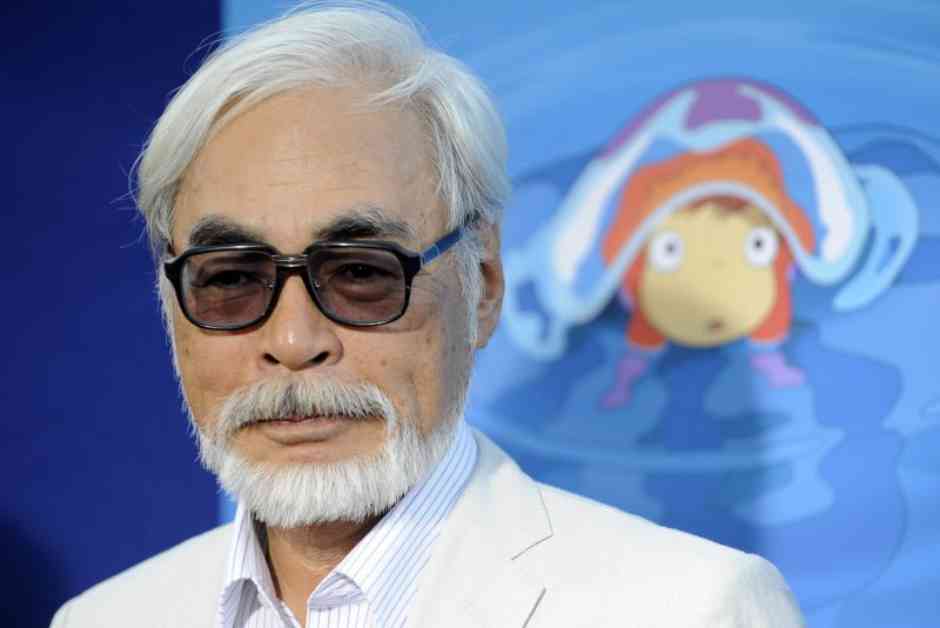Japanese animated films, known as anime, have gained international acclaim since the late 1980s, with their unique aesthetic style setting them apart from traditional Western animations. Renowned director Hayao Miyazaki has been a prominent figure in the anime world, creating films that delve into complex themes and societal issues through fantastical storytelling. One of his early works, “Nausicaä of the Valley of the Wind,” introduces viewers to a dystopian world where conflicting kingdoms and environmental threats blur the lines between good and evil, challenging conventional storytelling norms.
Miyazaki’s narratives often feature morally ambiguous characters, such as the underwater wizard Fujimoto in “Ponyo,” who struggles with humanity’s impact on the environment. These nuanced portrayals of characters add depth and complexity to the storytelling, prompting audiences to reflect on their own biases and perceptions. Despite the fantastical settings, Miyazaki’s films carry a strong humanistic message, emphasizing the importance of personal growth and understanding in a world fraught with conflict and uncertainty.
Moreover, Miyazaki’s films also explore the profound connection between nature and humanity, portraying the natural world as a source of beauty and spirituality. Whether it’s the mystical forest in “Princess Mononoke” or the serene landscapes in “Castle in the Sky,” Miyazaki’s films immerse viewers in the awe-inspiring wonders of the natural world, inviting them to contemplate their place within it. This reverence for nature reflects Miyazaki’s own beliefs rooted in the Shinto tradition, where nature is revered as a living, spiritual entity.
Despite the tranquil moments in his films, Miyazaki does not shy away from depicting the harsh realities of war and conflict. Films like “Howl’s Moving Castle” and his latest work, “How Do You Live?” set against the backdrop of World War II, highlight the devastating impact of war on individuals and societies. By portraying war through the eyes of innocent characters like Mahito in “How Do You Live?” Miyazaki underscores the tragic consequences of violence and the importance of moral growth amidst chaos.
While Miyazaki’s environmental message may have taken a back seat in his recent works, his focus on the human experience and the consequences of violence remains as relevant as ever. By weaving together elements of fantasy, nature, and morality, Miyazaki continues to captivate audiences with his thought-provoking storytelling and timeless themes that resonate with viewers of all ages. In a world grappling with social and environmental crises, Miyazaki’s films serve as a poignant reminder of the power of empathy, resilience, and the enduring spirit of humanity.

















